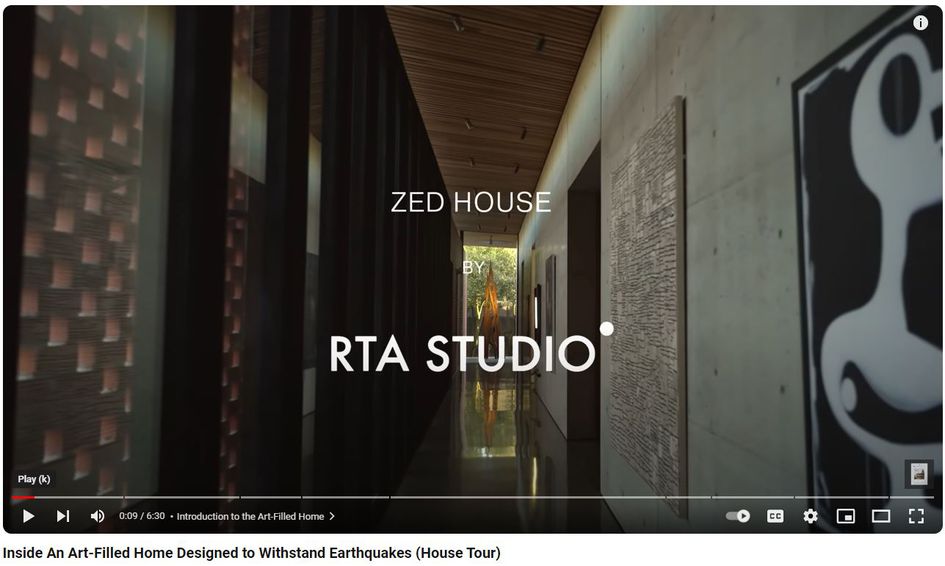Earlier this year, a six-and-a-half-minute feature on RTA Studio’s ZED House, developed and then loaded to YouTube by The Local Project, garnered more than 1900 thumbs up responses in its first week. For marketers (and architects), the immediacy and visibility of such feedback is intoxicating – and the hype feels justified.
Architectural photographer Simon Devitt has spent plenty of time pondering the question of where this passion for moving image is taking his profession. He started noticing a shift when a video capability was thrust upon his trusty DSLR. “Because stills and video are now on the same device, the perception is that they are closely related,” says Simon. “But I don’t think they are. They’re not brother and sister; they’re more like distant cousins.”
While both artforms can be used to deliver a message, from a marketing perspective the relatively new kid on the block needs to be tempered to feed into a results-based strategy. Professional videography is an investment and business is generally not about entertainment.
For Simon, the real question became how to align video with stills, how to use it to best effect for his clients while maintaining artistic integrity. “Stills can explore the atmosphere in a project that architects have worked incredibly hard to create; they present a series of moments about how it felt to be there from early in the day until late at night. And they have their own power,” he says.
After avoiding videography for some time, he set about exploring a style that would sit well alongside his still photography – one underpinning the other. “I certainly didn’t dive in. I was intentional.” Contrary to the predominant methodology which is populated by walk-throughs and drone-shot flyovers, he chose an approach where the moving image involved very little or no movement per se. “It is largely a locked-off frame and allows the architecture to animate the scene.”
Meditative and gentle visuals – a room with flames licking in a fireplace, shadows dancing on the wall –sometimes backed by the sounds of silence, or sea or wind, are contemplative ‘haiku moments’ that link the built form to the natural.
“We live in a world of Netflix-level entertainment which has built a hunger for things to happen quickly – the blipverty universe, to use an older term. For me, while moving image can be entertainment, in this context it needs to be treated with a different set of values and awareness.”
Simon likes to reflect a moment in place and in time, and his eye is not on supplying the content platforms. While he is mindful that his moving images need to translate to the likes of Instagram and YouTube, at a very basic level, he points out that this is effecting his craft. “When you have to think about shooting something vertically since video is largely viewed on a phone, it changes how you think about what you are looking at,” he suggests.
Anyone who has been on holiday and wanted to share the experience with friends and family can relate to this but, instead, Simon has turned his back on that to focus on more nuanced work. He admires the portfolio of photographers such as UK-based Edmund Sumner who produces beautiful stills and videos that speak the same language.
The true power of photography is not description, it’s suggestion, Simon argues. We are invited in to understand it on our own terms. For him, good architectural photography is a relevant and relative-enough distance from the subject matter to provide a useful but also somewhat ambiguous view. It is not bashing someone over the head with information. “Most content-platform video makes a more broad-brush statement. We are told what to do and think.”
Even though the time of moving image is now, its distant cousin has a formidable and familial pull. “Not discounting the power of video, still photography is valued more now than ever before. The real strength of both comes in how they work together, not apart.”
